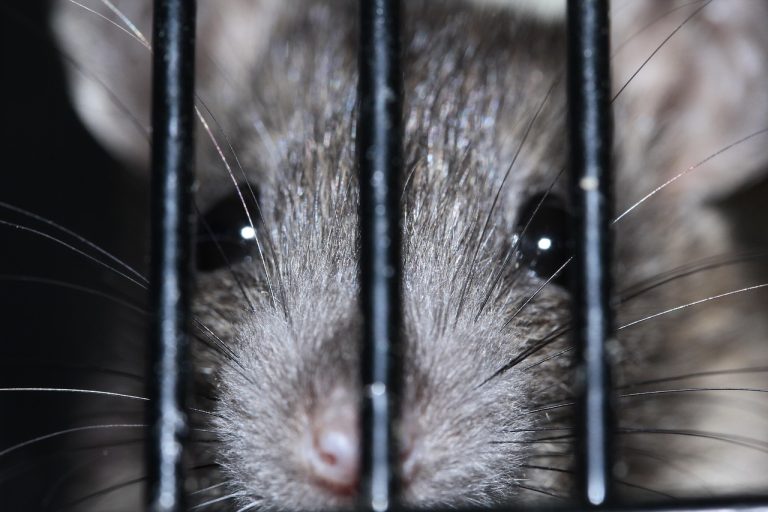Britain’s Giant Rat Problem Hits the Headlines
It sounds like a plot from a creature feature, but, all across the UK, “giant” rats are making regular headlines in 2025. Recent months have seen widespread reports of rodents as large as small cats turning up in homes, on the streets, and around overflowing bins. In places like North Yorkshire, pest controllers have captured rats measuring over 22 inches from nose to tail—the largest discovered in the UK to date. The mere image of such a creature is enough to spark alarm, but the underlying story paints an even grimmer picture for British households and city councils.
Where Are These Giant Rats Coming From?
Experts say the brown rat (Rattus norvegicus) has always been adaptable, but changing conditions in British towns have fuelled both their numbers and their size. Climate change, milder winters, resistance to common poisons, and a constant supply of food waste have all contributed to this rodent renaissance. Councillors and pest experts note that rats are not a new species, nor radioactive mutants—they’re just bigger and bolder, thriving in the cracks of everyday life.
Urban environments have created perfect habitats, particularly around overflowing bins and neglected alleyways. This is especially apparent in major cities like Birmingham, where a long-running bin strike has left rubbish piled high and provided rats with a veritable feast. Reports of “rats the size of dogs” emerging from refuse mountains have coincided with pest control companies being inundated with calls.
Pest Control Under Strain: Councils Struggle to Keep Up
Britain’s growing rat problem is stretching existing pest control efforts. In 2024 alone, local authority pest services received nearly 291,132 callouts—91% relating to rodents. Every two minutes, someone in the UK called for help with a rodent infestation. That’s a noticeable rise, up 3% from the year before. Yet, not all councils offer free pest control, and a quarter have withdrawn services entirely, meaning residents often pay privately to tackle infestations.
Waste management failures only worsen the crisis. When refuse collector strikes hit, as in Birmingham, the situation rapidly spirals. Streets resemble scenes from a dystopian novel, with residents describing “giant rats and the stench” as now daily companions. In some cases, rats have chewed through car wiring, nested in deserted vehicles, and made casual daylight appearances around homes and businesses.

How Big Do These Rats Really Get?
While tabloid tales of “dog-sized rats” grab attention, pest control experts confirm that UK rats can realistically reach up to 22 inches long. Weighing around 800–900 grams, these super-sized rats are rare but increasingly documented. Recent discoveries in North Yorkshire and the Redcar and Cleveland area have seen rats surpassing all previous records, with images circulating of the rodents being removed in heavy-duty bags.
Behind these extremes lies a more worrying trend: rats are breeding faster than ever. A single female can produce as many as five litters each year, with up to a dozen pups per litter.
The Health Risks: More Than Just a Nuisance
It’s not just size that’s alarming. Rats carry a host of diseases dangerous to humans. Public health officials warn that rat infestations in and around homes, care facilities, and food businesses can lead to outbreaks of leptospirosis, salmonella, and Weils’ disease. Hospitals and care homes, in particular, are at risk, as rodents thrive around bins and can contaminate food sources with droppings or urine.
There have been at least 50 hospital admissions due to rat bites in the past year, and pest experts worry that the real number may be higher due to underreporting. Concerns are especially pronounced in towns hit by waste collection delays or missing pest control staff.
The Root Cause: Food Waste, Human Habits, and Urban Change
Rats have always been opportunists, thriving wherever humans leave food and rubbish unsecured. Overflowing bins, food left outside, and poorly managed waste disposal create a banquet for urban rodents. Bin strikes, reduced council pest services, and even ongoing urban development open fresh avenues for rats to exploit.
London is a prime example, with an estimated population of nearly 20 million rats living in the capital alone. That’s about two rats for every resident. As the city expands and waste collection struggles to keep pace, infestations are all but guaranteed.
What’s Being Done? Official Responses and Advice
Councils are now urging residents to adopt better waste practices, locking bins, keeping lids closed, and promptly reporting sightings. Meanwhile, pest control firms warn that “waiting for one bold rat to turn into a full-blown infestation” is dangerous. Prompt intervention is key—a lesson many have learned the hard way in Birmingham and North Yorkshire.
The UK government, too, faces pressure to restore and strengthen pest control funding, particularly in at-risk areas where giant rats are becoming a symbol of a wider public health threat.
Looking Ahead: Can the UK Beat Its Rat Problem?
The UK’s rat problem is not new, but the current surge in “giant” sightings is a warning sign of deeper systemic issues: waste management failures, stretched council budgets, and adapting rodents. With the right investment in pest control and communal waste practices, experts say it’s possible to turn the tide—but, without action, ever-bigger rats will keep making headlines.
Read more; Wembley Stadium Death Oasis


